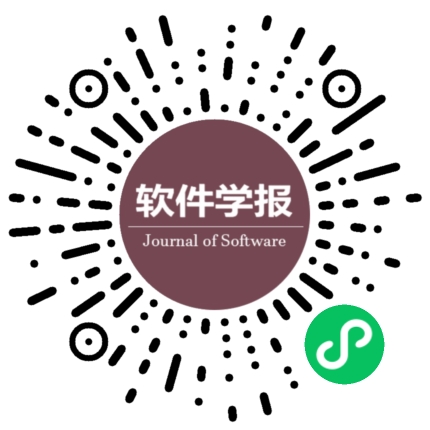基于强化学习的金融交易系统研究与发展
作者:
作者单位:
作者简介:
梁天新(1984-),男,黑龙江齐齐哈尔人,博士生,CCF学生会员,主要研究领域为自然语言处理,深度学习,机器学习,强化学习;王良(1963-),男,博士,副教授,CCF高级会员,主要研究领域为智能科学,数据库管理系统,数据库系统评价和性能优化;杨小平(1956-),男,博士,教授,博士生导师,主要研究领域为信息系统工程,电子政务,网络安全技术;韩镇远(1993-),男,硕士生,主要研究领域为深度学习,自然语言处理.
通讯作者:
王良,E-mail:wangliang@ruc.edu.cn
中图分类号:
基金项目:
国家自然科学基金(71531012)
Review on Financial Trading System Based on Reinforcement Learning
Author:
Affiliation:
Fund Project:
National Natural Science Foundation of China (71531012)
引用本文
梁天新,杨小平,王良,韩镇远.基于强化学习的金融交易系统研究与发展.软件学报,2019,30(3):845-864
复制相关视频
分享
文章指标
- 点击次数:
- 下载次数:
- HTML阅读次数:
历史
- 收稿日期:2018-07-19
- 最后修改日期:2018-09-20
- 录用日期:
- 在线发布日期: 2019-03-06
- 出版日期:
文章二维码

您是第位访问者
版权所有:中国科学院软件研究所 京ICP备05046678号-3
地址:北京市海淀区中关村南四街4号,邮政编码:100190
电话:010-62562563 传真:010-62562533 Email:jos@iscas.ac.cn
技术支持:北京勤云科技发展有限公司
版权所有:中国科学院软件研究所 京ICP备05046678号-3
地址:北京市海淀区中关村南四街4号,邮政编码:100190
电话:010-62562563 传真:010-62562533 Email:jos@iscas.ac.cn
技术支持:北京勤云科技发展有限公司



